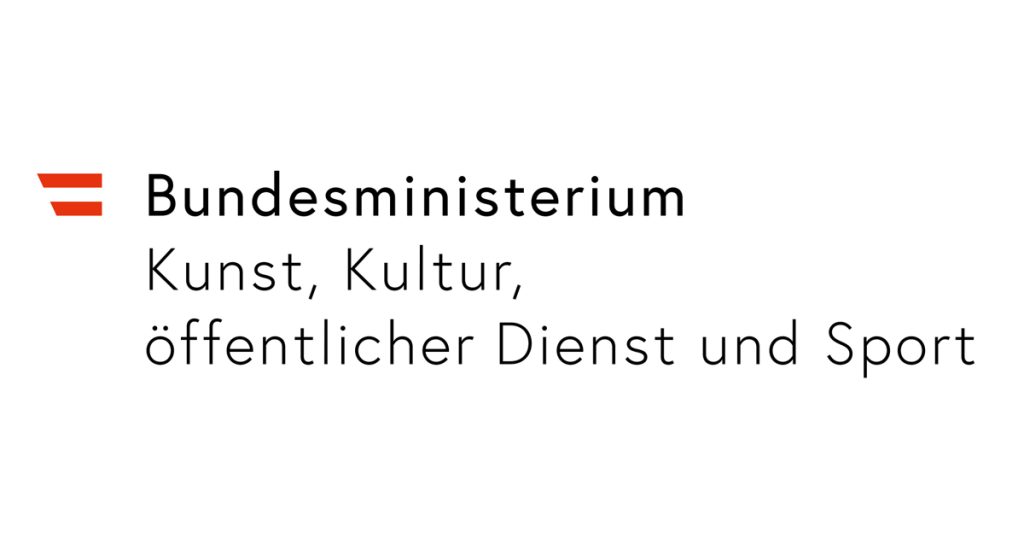
Vienna Natural History Museum returns Maori and Moriori bones to Aotearoa, New Zealand

who – which Repatriation Program Karanga Aotearoa He returns the remains of Maori and Moriori from the collections of the Natural History Museum in Vienna. The project is implemented in partnership between the Te Papa Tongarewa Museum (Wellington), the Natural History Museum in Vienna, the Austrian Federal Government and the New Zealand Embassy in Vienna.
Minister of State for Arts and Culture Andrea Mayer describes the return of the bones of New Zealand members Maori and Moriori as an important step in acknowledgment of the injustice that has occurred, which can be established through careful research on the source.
“We are taking another step in this direction with the Consultative Body on Objects from Colonial Contexts. The goal is to develop a sensitive approach to collections from Austrian Federal Museums from colonial contexts. Contemporary approach and dialogue is the priority,” emphasizes the Minister of State.
This body of objects from colonial contexts makes recommendations for dealing with cultural objects from colonial appropriation contexts in collection holdings and any returns.
About coming home
Human remains from New Zealand (kōiwi tangata/kōimi tchakat), which were incorporated into NHM Vienna in the 19th century, are the skulls of children, adolescents, adults, men and women. This process was initiated by the Te Papa Museum, Wellington, who initiated and coordinated repatriations around the world on behalf of the New Zealand government. After extensive interdisciplinary research was conducted on the origin of the bones, it can be assumed that they were stolen from their graves against the will of the indigenous Maori/Muriori community.
They also ended up in the NHM Vienna skeleton collection through trade, barter and as gifts. This is the conclusion of source research conducted by a large team of scientists and students from the Department of Anthropology at NHM Vienna in collaboration with scientists from the Te Papa Museum. Based on the resulting findings and in the expert report as well as with reference to international ethical standards (e.g. Article 12 in particular of United Nations Declaration on the Rights of Indigenous Peoples) and the recommendations of the Te Papa Museum, the Republic of Austria expressly supports the return of these Tangata Kiwis/Kemi Chakats.
The goal of repatriating human remains from the Museum’s collections is to bring back humanity and the associated restoration of the individual’s dignity of the deceased and their important role as givers of identity in today’s societies.
With the return of human remains, the moral and ethical injustice caused by the cruel collection practices should be acknowledged. The mortal remains of indigenous individuals were also taken out of the country in disregard for their world and values. They were human-examined, differentiated by race and were not frequently shown in public. As a result, their identity as ancestral to living societies has been robbed and shattered into museum objects.
“Colonialism today!? What does that have to do with me?”
In the context of this repatriation, that was too science brilliance The project “Colonialism Today!? What does this have to do with me?” I started. In collaboration with students, the aim is to study the relationship of colonial contexts to current issues, such as biodiversity or global inequality. The students’ visit at the repatriation ceremony was also the beginning of the project.

“Coffee trailblazer. Social media ninja. Unapologetic web guru. Friendly music fan. Alcohol fanatic.”
